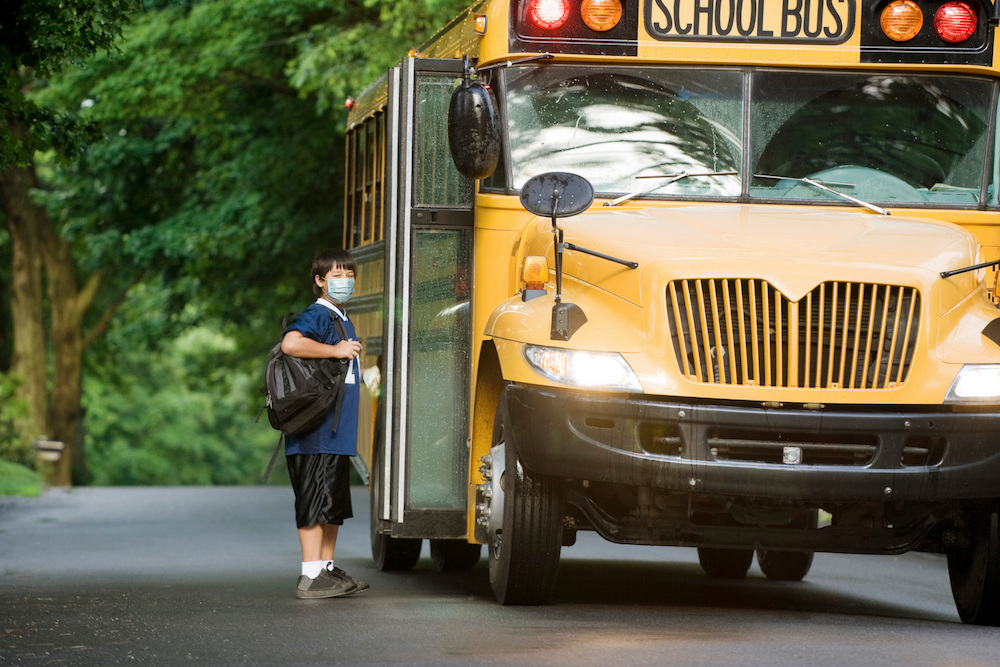In summary
Working with UC San Diego experts, we have created a standard to safely reopen schools. But we cannot do it alone, and the mitigations are expensive.
What’s most striking about the national response to the COVID-19 crisis is that there isn’t one. On issue after issue, states and local authorities have been left to fend for themselves.
For school districts like San Diego Unified, that has meant creating our own health and safety standards to protect our students, staff and community. On Monday, we will announce the results of that work. Tapping into some of the best scientific minds in the field, we have worked with experts from the University of California, San Diego, to create the San Diego Unified standard for reopening schools in the safest possible manner.
Moving beyond the maze of confusing and contradictory standards released by every level of government, we have created a clear road map for the route ahead. Many of the requirements are well known – masks, social distancing and the ready availability of testing.

One issue our experts raised that has been largely overlooked in other reopening plans is the importance of clean air in classroom settings. Taken together, I am confident our scientific colleagues have produced the most comprehensive reopening standards available to school systems at this time.
We are determined to implement these new standards. This must not be another government study that sits on a shelf. Our students need to be back in school as quickly and safely as possible. We are bringing the same clarity of focus on reopening as we did in providing close to 4 million free meals since the start of the crisis, distributing more than 50,000 Chromebooks to students and providing teachers with more than 13,000 hours of professional development. Even now, we are spending millions on personal protective equipment to protect our staff when we reopen and millions more to protect our students and their families.
Despite all our efforts as a school district, we cannot do it alone. The mitigations outlined above are not only necessary, but expensive. A federal relief package needs to include direct relief to schools to support the implementation of the health and safety standards we know will protect our students, teachers and staff.
The CARES Act provided $13 billion in direct relief to schools, but that was only about half of 1% of the total $2.2 trillion package. The consensus is that schools need more money and that number should be closer to $345 billion than $13 billion. Our state will also need funding to avoid the deferrals for schools, which is more than $5 billion for schools and $14 billion for the total state budget.
The COVID-19 pandemic continues to be the largest adaptive challenge confronting our schools. Even though we have a plan to reopen our schools, there is still much that is unknown to health experts about COVID-19. As a critical next step, federal leaders should do the following:
- Provide significant federal relief to fully reopen schools. This should start with $345 billion for the Education Stabilization Fund to ensure that schools effectively adjust to the challenges of the COVID-19 pandemic.
- Dedicate funding for state and local governments – no less than $14 billion for California, to mitigate declines in revenues. These revenue declines impact schools, since we rely on state funds to serve our students, especially low-income students, English learners, and homeless and foster youth students.
- Dedicate funding to support our most vulnerable students, especially our Special Education students and those from low-income families. The federal government should allocate at least $13 billion for IDEA and $12 billion for Title I.
- Fully fund Impact Aid. This will require $800 million to fill the gap between fully funding the Basic Support program and the appropriated funding level for 2020. San Diego Unified serves more than 8,000 military families. The Impact Aid program is critical to helping us meet the needs of our children from military families, but funding for the program only supports approximately 55% of the need.
I commend the Legislature and the governor for taking action to help our schools, but the urgency for Congress and the president to act is now. We cannot take anything for granted in a COVID-19 economy. Time is running out for the 2020-21 school year.

